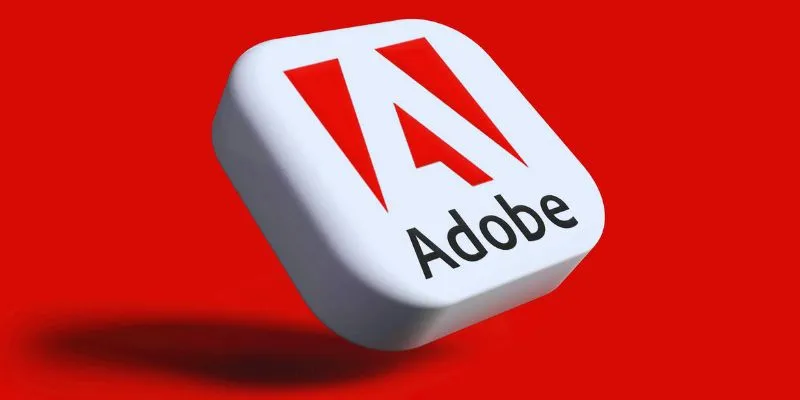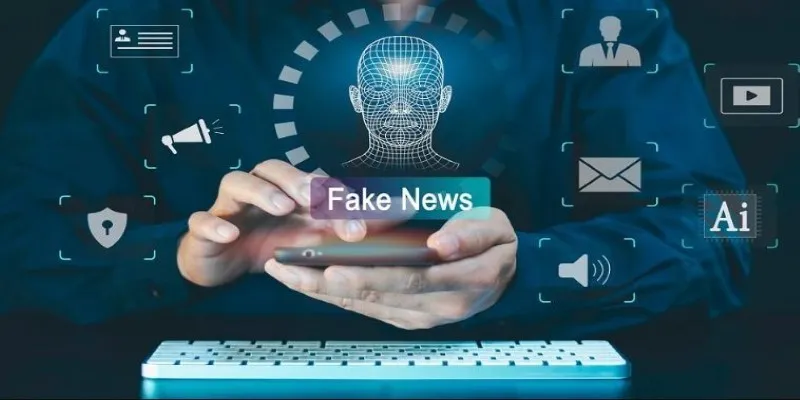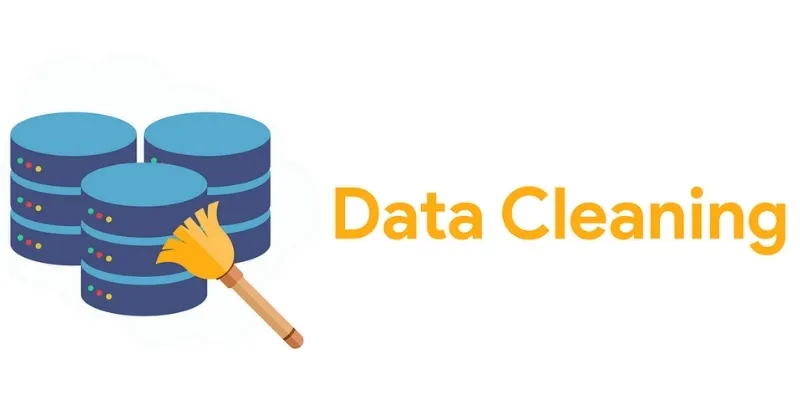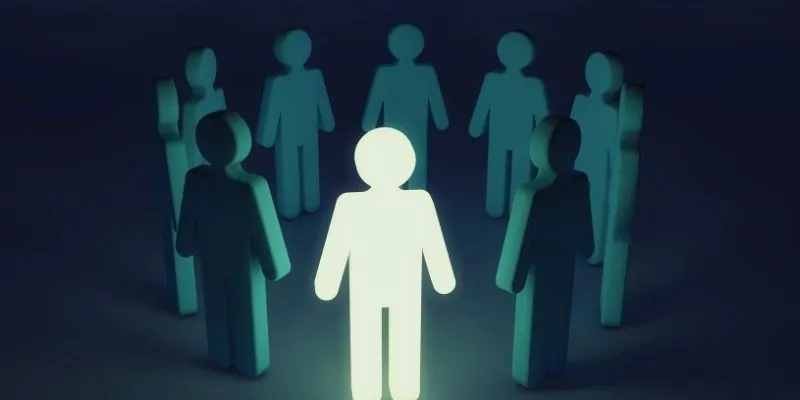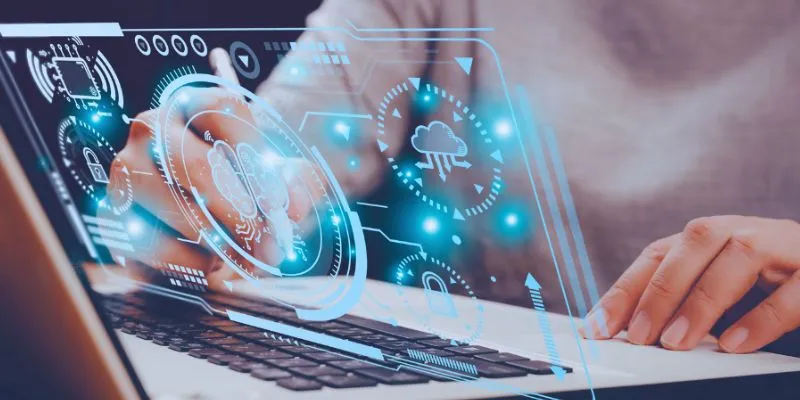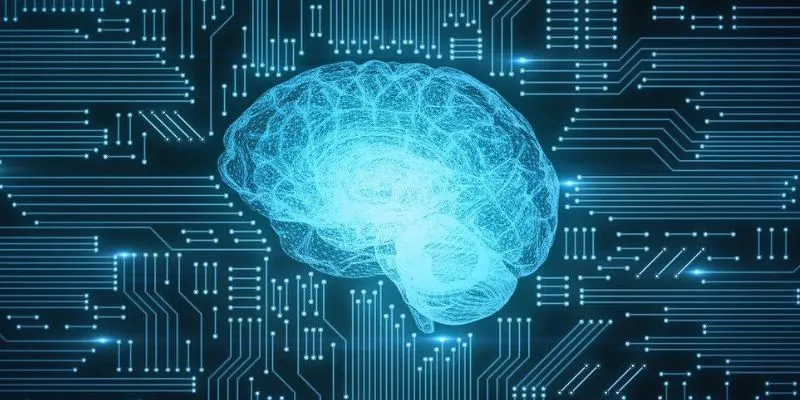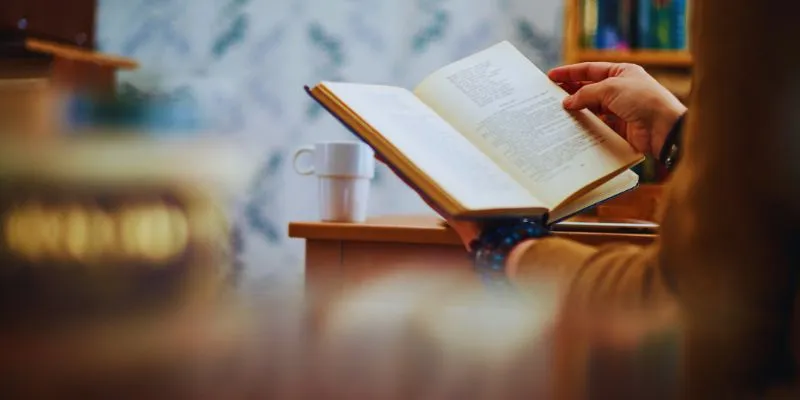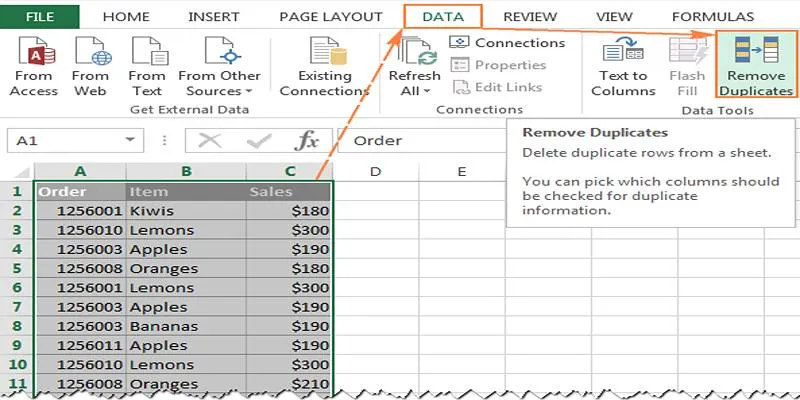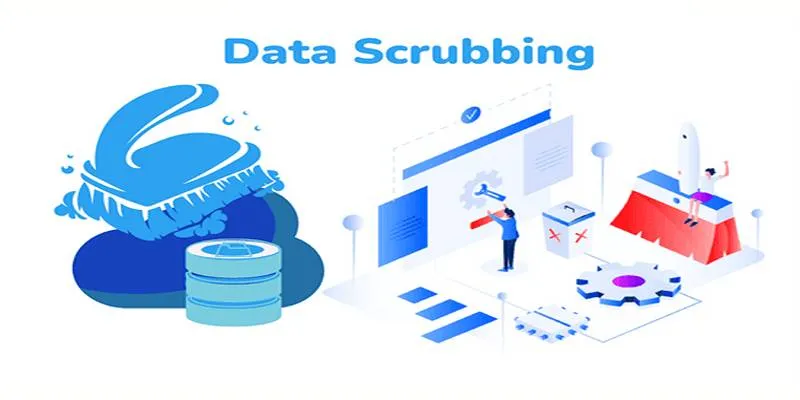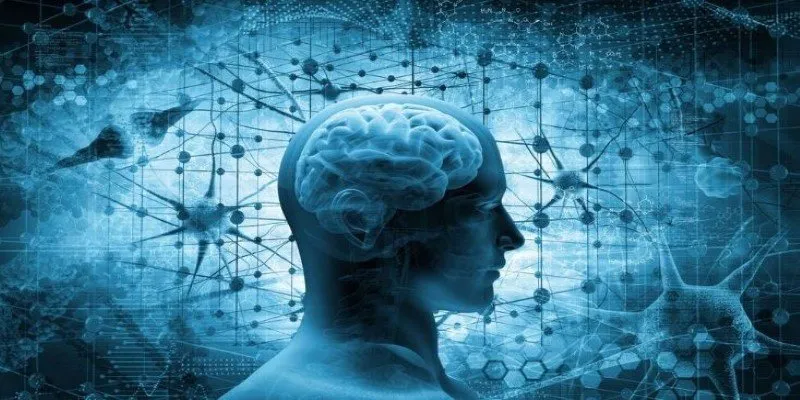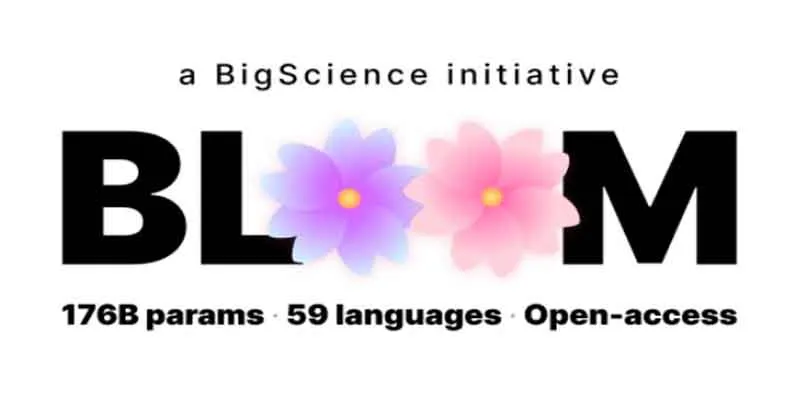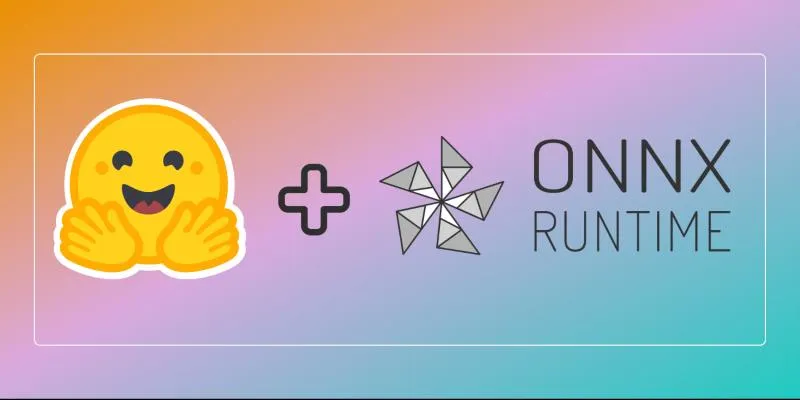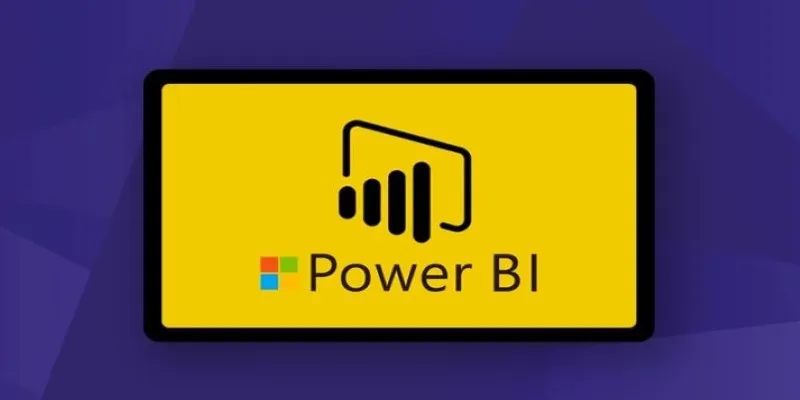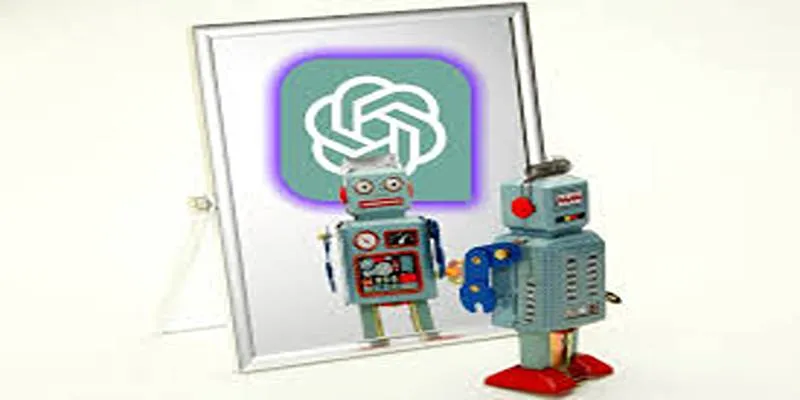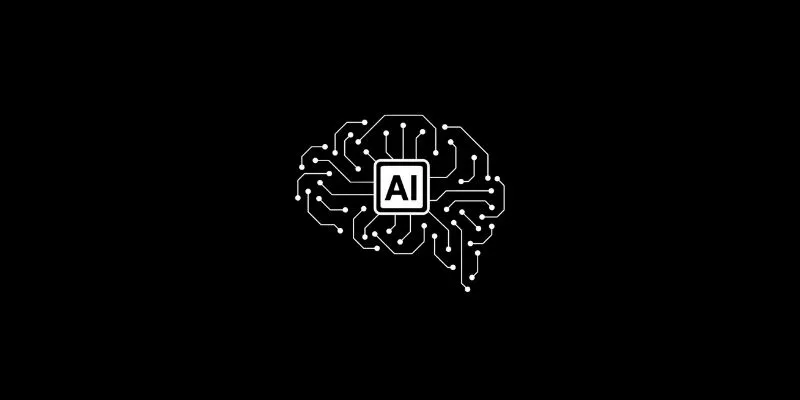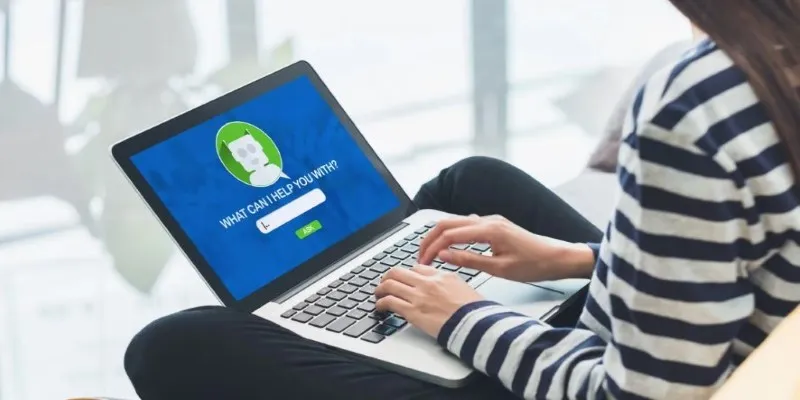Artificial intelligence (AI) has long excelled in language tasks such as reading, writing, and translating. However, visual interpretation has been a more challenging area. With the introduction of ChatGPT-4 Vision, this is changing. This advanced version of ChatGPT not only responds to text but can also analyze images and interpret parts of videos, offering insights beyond simple object recognition. Imagine giving eyesight to a reasoning mind—this is the potential of ChatGPT-4 Vision.
But how effectively does it understand visual data? Can it manage complex imagery or track changes across video frames? In this article, we delve into the capabilities of ChatGPT-4 Vision and explore how it is transforming visual intelligence in AI.
How Does ChatGPT-4 Vision Understand Images?
At the heart of ChatGPT-4 Vision’s image processing abilities is multimodal learning—the integration of both text and visuals. This means the AI doesn’t just interpret written words; it analyzes the content of images, identifying patterns, objects, colors, and even emotional contexts. Unlike previous models that relied on image captions or metadata, ChatGPT-4 Vision processes the actual visual content.
Upon uploading an image, the model processes it through multiple layers of neural networks designed to extract both spatial and semantic features. It can describe scenes (e.g., “a dog playing in the grass”) and make inferences (e.g., “the dog appears excited, likely mid-run”). While the model performs best with clear visuals, it can also interpret complex or abstract images more effectively than earlier versions.
ChatGPT-4 Vision’s abilities extend beyond basic recognition. It can compare two images, analyze charts, solve math problems from pictures, and explain diagrams. For charts, it understands axes, values, and labels, combining visual cues with logical reasoning. This level of image and video analysis enables the AI to function like a visual assistant, assisting users in interpreting data, solving problems, and making visual decisions efficiently.
Advancements in Video Interpretation
While ChatGPT-4 Vision excels in image interpretation, its video capabilities are still developing, yet the progress is significant. Unlike humans, it doesn’t analyze video in real-time. Instead, it examines selected frames or sequences extracted from a video. This frame-by-frame approach allows it to understand timelines, identify actions, and infer changes or patterns within scenes.
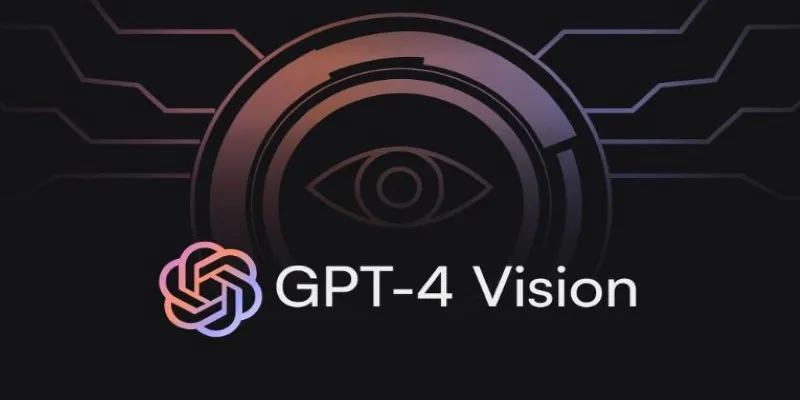
The system extracts keyframes—critical stills capturing important moments—and uses them to build a comprehensive understanding of the video content. From these images, it determines who is involved, what they’re doing, and how the context shifts. This method is valuable in areas like security footage analysis, video-based tutorials, and how-to guides, where the sequence of actions is crucial.
In education, it can analyze experiment videos, explaining each step. In entertainment, it can summarize plots, note mood changes, or identify key transitions. Although it doesn’t yet process high-speed motion or full-length video streams seamlessly, it surpasses text-only tools when visuals are involved.
When combined with user queries, ChatGPT-4 Vision excels—breaking down clips, recognizing gestures, and analyzing timing. This evolving skill set marks a significant advancement in making AI truly multimodal and context-aware.
Real-World Applications of Visual AI
The practical applications of ChatGPT-4 Vision’s image and video capabilities are vast and impactful. This tool is not just a novelty; it has significant implications across various industries and professions. Whether you’re an educator, engineer, healthcare worker, or creative professional, ChatGPT-4 Vision can streamline tasks and enhance decision-making.
In healthcare, for instance, the model can assist in analyzing visual records such as X-rays, CT scans, or pathology slides. While it doesn’t replace trained specialists, it supports early detection by highlighting potential issues or anomalies, providing an additional layer of review whenever needed.
In design and architecture, the AI evaluates blueprints, sketches, or mockups, offering feedback, identifying inconsistencies, and suggesting improvements—all through a visual understanding of the materials. This capability enhances both creativity and precision.
Customer service also benefits as users can send photos of hardware issues, screen errors, or faulty setups. The AI interprets the image and provides targeted troubleshooting steps, reducing guesswork and response time.
In education, teachers can upload student work—like diagrams, handwritten math, or historical maps—and request the AI to generate questions, explain errors, or provide context. This model transforms static images into interactive teaching tools, enhancing engagement.
ChatGPT-4 Vision also contributes to accessibility by describing images for visually impaired users or offering multilingual support for visual instructions.
Ultimately, its strength lies in adapting to different contexts—understanding, reasoning, and responding through visuals as proficiently as through text.
The Future of Visual Reasoning in AI
The future of ChatGPT-4 Vision suggests a deeper integration of visual perception and reasoning. As image and video analysis capabilities advance, real-time interpretation is expected to become more prevalent. This development could unlock new possibilities in areas such as surveillance, sports analytics, and gesture-based communication. Integration with augmented reality may also lead to smarter, more responsive interactions with our surroundings.
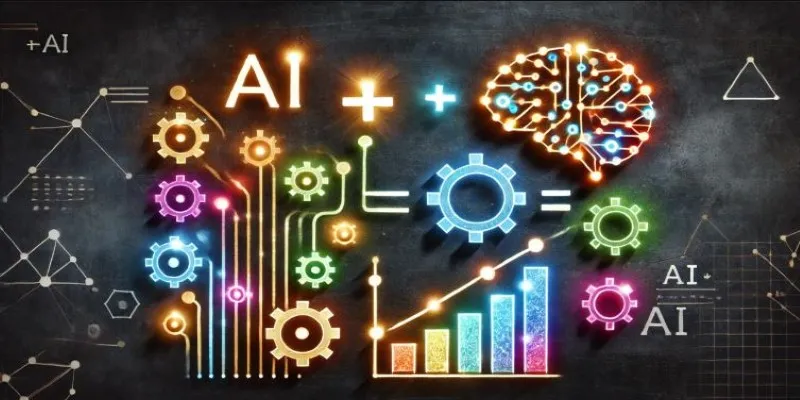
As this technology evolves, ethical considerations will become increasingly important. Issues such as privacy, data consent, and responsible deployment must be addressed alongside innovation. ChatGPT-4 Vision is also anticipated to improve in merging multiple forms of input—text, images, and video—into cohesive, context-rich insights.
Rather than replacing human vision, it will enhance our understanding and usage of visual information. It is evolving into a capable visual assistant, one that not only observes but also helps users act with clarity.
Conclusion
ChatGPT-4 Vision’s image and video capabilities signify a significant advancement in AI’s interaction with the visual world. It can identify, analyze, and reason with images and videos in ways that feel intuitive and useful. From education to design to troubleshooting, it brings visual understanding into everyday tasks. While video interpretation is still evolving, the foundational capabilities are strong. As this technology matures, it will continue to transform how we communicate with machines—through both words and visuals.
 zfn9
zfn9
